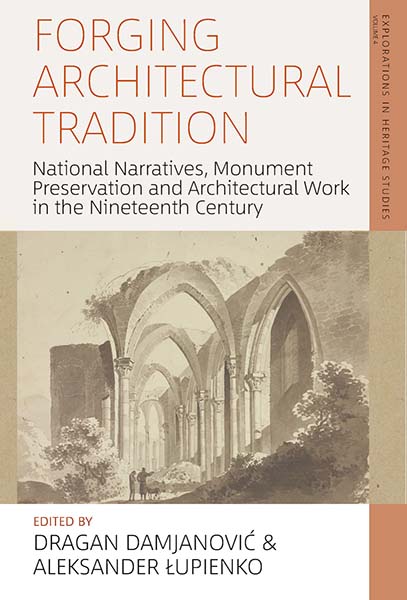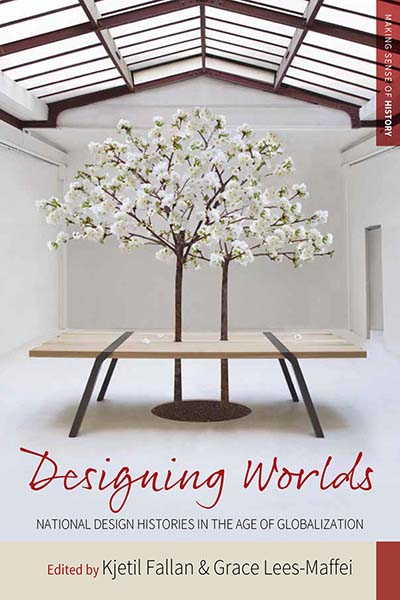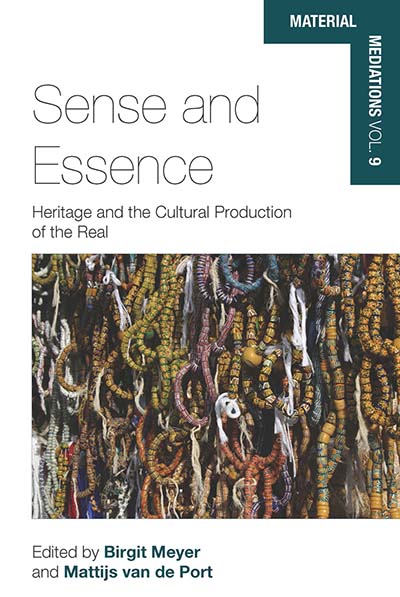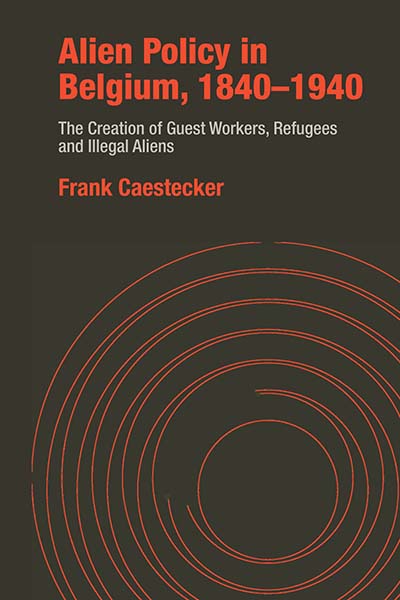
Series
Volume 4
Explorations in Heritage Studies
Email Newsletters
Sign up for our email newsletters to get customized updates on new Berghahn publications.
Forging Architectural Tradition
National Narratives, Monument Preservation and Architectural Work in the Nineteenth Century
Edited by Dragan Damjanović and Aleksander Łupienko
366 pages, 27 illus., bibliog., index
ISBN 978-1-80073-337-4 $150.00/£115.00 / Hb / Published (March 2022)
eISBN 978-1-80073-338-1 eBook
Reviews
“The book Forging Architectural Tradition is an excellent contribution for anyone interested in the creation of national narratives around architectural buildings. It is suitable for architects, art historians, historians, sociologists, cultural researchers, and the general cultural public, as well as anyone interested in the national narratives of ‘small’ nations. The topics explored in the book should not be viewed as a part of the distant past but as still current as the historical processes described in the book can help us deal with problems related to the politicization of heritage that is still evident today.” • Prostor
“The scholarly essays in this book present a sweeping panorama of this fascinating development based on new research, otherwise virtually inaccessible in English.” • József Sisa, Institute of Art History, ELKH Research Centre for the Humanities, Budapest, Hungary
Description
During the nineteenth century, a change developed in the way architectural objects from the distant past were viewed by contemporaries. Such edifices, be they churches, castles, chapels or various other buildings, were not only admired for their aesthetic values, but also for the role they played in ancient times, and their role as reminders of important events from the national past. Architectural heritage often was (and still is) an important element of nation building. Authors address the process of building national myths around certain architectural objects. National narratives are questioned, as is the position architectural heritage played in the nineteenth and the early twentieth centuries.
Dragan Damjanović works as a full professor at the Art History Department, Faculty of Humanities and Social Sciences, University of Zagreb, Croatia, teaching and researching history of nineteenth- and twentieth-century Croatian and European art and architecture.
Aleksander Łupienko is assistant professor at the Institute of History, Polish Academy of Sciences in Warsaw. His research interests include cultural history of urban space in Central and East-Central Europe; private and public space; conservation movement and the history of Warsaw and Lviv in the nineteenth century.
Subject: Heritage StudiesHistory (General)Cultural Studies (General)
Contents
Download ToC (PDF)




